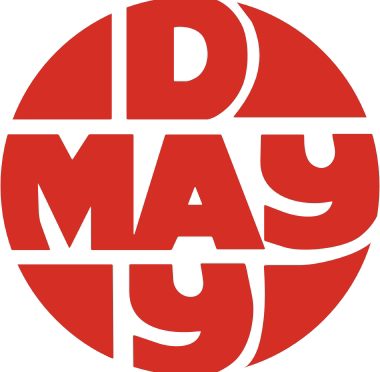May 1 is International Workers’ Day. Though it is celebrated as Labor Day in many parts of the world, it is not widely recognized in the US. Surprisingly, the holiday began here as part of the 19th century labor movement’s drive for a 40-hour workweek. Until then, it was common to work 10 to 16-hour days in unsafe conditions. In some industries, life expectancy was as low as the early 20s. The epicenter of the movement for an eight-hour day was Chicago where the Federation of Organized Trades and Labor Unions (predecessor to the American Federation of Labor) declared at its convention: “eight hours shall constitute a legal day’s labor from and after May 1, 1886.” Around a quarter-million Chicago workers—Trades and Labor Assembly, the Socialist Labor Party, and local Knights of Labor—became directly involved in the crusade.
On May 1, 1886, more than 300,000 workers in 13,000 businesses across the US walked off their jobs. There were some instances of violence in the days following when demonstrating workers were beaten and shot, including the famous Haymarket Square Riot.
The pagans, Romans, and Druids had May Day festivals of rebirth to celebrate spring, flora, and fertility. In the US, for the working class the day is also a moment of rebirth that began with the labor movement’s drive for a 40-hour work week. Organizers sought better working conditions but also better social conditions for workers. Consequently, many unions, like the International Ladies’ Garment Workers Union, focused on more than life on the factory floor. They served as vehicles to build the community—in the workplace, in the halls of government, and in neighborhoods.
This May 1 remember those workers and union organizers who all those years ago improved our lives through their sacrifice.


